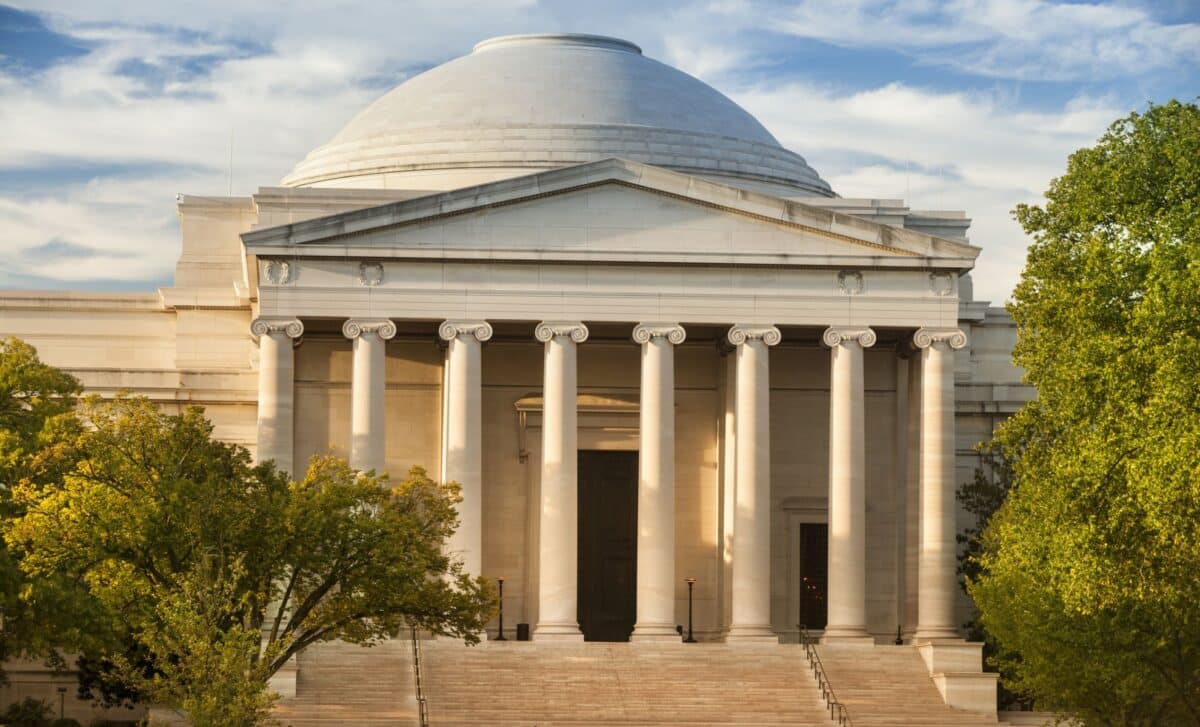Representatives from DOGE visited the National Gallery in Washington, D.C., on Thursday, discussing the museum’s legal status with museum leadership.
While the purpose of the meeting remains unclear, it signals that Musk’s cost-reduction strategy is reaching beyond the confines of standard federal operations. The National Gallery’s future, particularly its relationship with the federal government, could be at the heart of this evolving discourse.
A New Target for DOGE
The National Gallery of Art is a public-private partnership, with its operational costs funded largely by the federal government. As part of its mandate, the gallery receives millions of dollars annually to cover administrative expenses and ensure its commitment to showcasing artistic excellence.
Last year, the institution was allocated nearly $210 million from federal coffers. Despite its close ties to the federal government, the museum operates autonomously, governed by a board that includes both private sector leaders and government officials such as Chief Justice John Roberts.
While details surrounding DOGE’s interest in the gallery are sparse, Musk’s broader cost-cutting initiatives suggest that significant changes to federal funding for the arts may be on the horizon.
For years, DOGE has been working to eliminate inefficiencies within the federal government, with efforts already targeting agencies such as the National Endowment for the Humanities. By focusing on the National Gallery, DOGE aims to reassess how public-private partnerships in the arts sector operate within the framework of government spending.
A Shift in Cultural Policy
The visit to the National Gallery comes at a time when the Trump administration has already sought to overhaul America’s cultural institutions. Under the banner of addressing “woke” ideology, the administration has initiated efforts to reduce the influence of certain cultural policies, including executive orders aimed at reshaping institutions like the Smithsonian.
The National Gallery, however, has largely remained untouched thus far, with its funding still coming from federal sources.
In January, the museum removed references to diversity and inclusion from its website following an executive order signed by President Trump, reflecting a wider cultural shift that has permeated the administration’s approach to public institutions.
Despite these changes, the National Gallery’s leadership emphasised in a statement that it continues to work independently, with a commitment to preserving artistic excellence and collaborating with all administrations.









